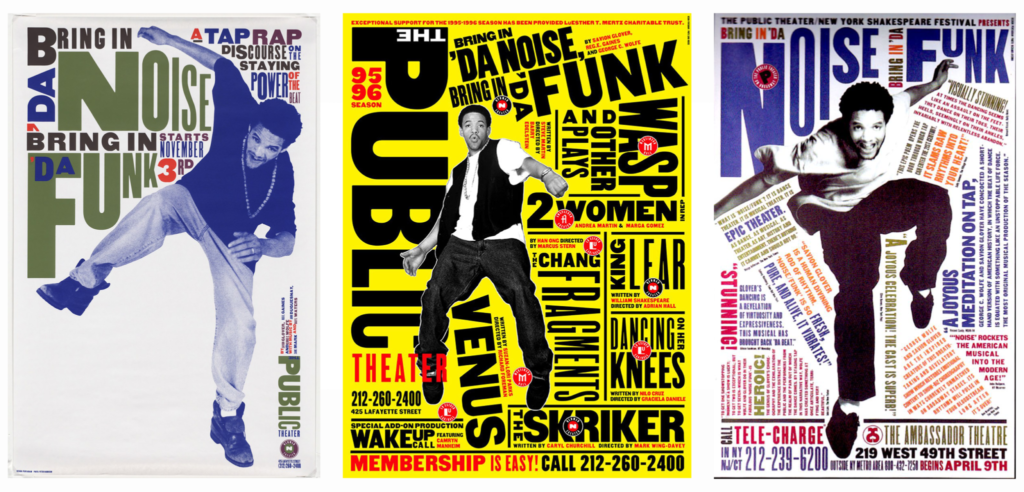
Assignment #1 –
Designing for Impact: Creating a Social Issue Awareness Poster
Posters have long been a powerful tool for social change, used to educate, inspire, and provoke action. Whether addressing climate change, mental health awareness, or equality, graphic designers play a crucial role in shaping public discourse through visual communication.
Let us explore how to create an impactful social issue awareness poster, drawing inspiration from historical design movements and modern examples.
The Power of Posters in Social Movements
From wartime propaganda to contemporary activism, posters have been central to mobilizing change. Some of the most influential social posters include:
• “We Can Do It!” (Rosie the Riveter, 1943) – A symbol of women’s empowerment and workforce participation during World War II.
• Silence = Death (1987, ACT UP) – A striking pink triangle on a black background, demanding action during the AIDS crisis.
• Shepard Fairey’s “Hope” Poster (2008) – A modern political icon that became synonymous with Barack Obama’s campaign.
Each of these designs shares a clear message, bold visuals, and strong emotional impact—key ingredients for an effective social awareness poster.
Step-by-Step: Designing Your Social Issue Poster
1. Research & Ideation: Finding Your Cause
Start by selecting a social issue that resonates with you. Some current topics include:
✅ Climate Change
✅ Mental Health Awareness
✅ Human Rights
✅ Digital Privacy
Inspiration Sources:
• Explore posters from Amnesty International, UNICEF, and Greenpeace for compelling messaging.
• Check Pinterest and Behance for trending activist posters.
🔗 Resources:
• Amnesty International Campaigns
• Behance Social Issue Posters
2. Concept Development: Sketch & Plan
Once you’ve chosen your topic, sketch rough ideas. Think about:
• Symbolism: What imagery best conveys your message? (e.g., melting ice caps for climate change)
• Typography: Will you use a bold, sans-serif font for urgency or a softer typeface for empathy?
• Color Psychology:
• Red: Urgency, passion (e.g., protests, warnings)
• Blue: Trust, calmness (e.g., mental health, unity)
• Black/White: Stark contrast for powerful, minimal designs
3. Digital Draft: Bringing It to Life
Use Adobe Illustrator, Photoshop, (or draw by hand, useProcreate, sketchbook or adobe fresco) to create a digital draft. Test different compositions, focusing on:
✅ Visual Hierarchy: The most important element should grab attention first.
✅ Alignment & Spacing: Avoid clutter—let your design breathe.
✅ Contrast & Readability: Ensure text is legible from a distance.
4. Feedback & Refinement: Test Your Design
Before finalizing,
Ask:
• Does the message come across clearly?
• Is the color scheme effective?
• Does the typography enhance or distract from the message?
🔗 Resource: r/design_critiques on Reddit
5. Final Execution: Polish & Prepare for Print
Once refined, export your poster from Adobe Illustrator as a high-resolution (300 DPI) PDF with proper CMYK color settings for print. I will also show you how to export a .JPG file.
Mockups Matter!
Present your work using real-world mockups (e.g., posters on a subway wall, billboards, or community boards) to show its impact.
🔗 Mockup Resources:
Historical Design Influences
Your design can take inspiration from three major historical movements:
1. Swiss Style (International Typographic Style)
Key Features:
✔ Clean layouts
✔ Grid-based structure
✔ Sans-serif typography
🖌 Example: Josef Müller-Brockmann’s posters used bold type and minimal graphics for maximum clarity.
🔗 Learn More: Swiss Style Posters
2. Constructivism (Bold, Geometric, Revolutionary)
Key Features:
✔ Red, black, and white color schemes
✔ Strong diagonal lines
✔ Political themes
🖌 Example: El Lissitzky’s propaganda posters featured dynamic compositions with strong visual impact.
🔗 Learn More: The Influence of Constructivism
3. Postmodern Design (Expressive & Experimental)
Key Features:
✔ Playful use of typography
✔ Collage aesthetics
✔ Breaking the rules of traditional design
🖌 Example: Paula Scher’s work for The Public Theater showcases bold typography with chaotic yet controlled layouts.
🔗 Learn More: Paula Scher’s Typography
Final Thoughts: Make Your Poster Stand Out
Your social issue awareness poster has the potential to make an impact beyond the classroom. Whether exhibited in a gallery, shared on social media, or printed for protests, design can drive change.
